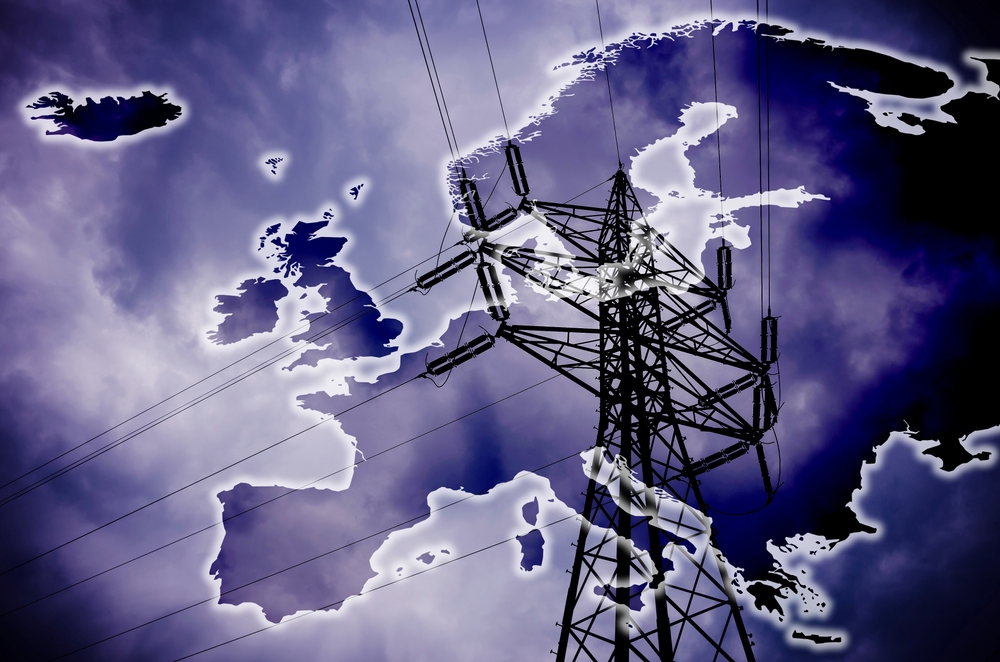
Here we are again. Another grid disaster, this time knocking out power to large swaths of Spain and Portugal, causing loss of life and an estimated $1.7 billion in economic damage.
Engineers, innovators, scientists, grid experts and mere speculators are debating the cause of the April 28 Iberian Peninsula grid outage as we await the official report. The cause will likely be a confluence of unexpected events.
In the US, we saw this in August 2003 when a software bug, hot weather and a branch landing on a wire in just the right location cascaded into loss of power for 50 million people in the US Northeast, Midwest and Canada.
We saw it in 2012 during Superstorm Sandy, when nature conspired to create an unusually widespread storm that exposed electricity vulnerabilities along the US Eastern seaboard.
We saw it in 2017 when Hurricane Marie collapsed Puerto Rico’s entire grid, already weak from a range of design flaws and maintenance neglect.
And there are other examples but you get the point.
Subscribe to the free Energy Changemakers Newsletter
Society’s approach to these mass outages evokes the phrase often attributed to Einstein: The definition of insanity is doing the same thing over and over and expecting different results.
The immediate problem gets fixed, but it’s a game of whack-a-mole. Eventually, another big grid goes down.
We don’t seriously tackle the root cause — the underlying principle behind big grids that makes them vulnerable.
I was struck by comments the UK-based Science Media Center issued from 10 scientists. The term “interconnected” came up repeatedly in their analysis of the Iberian Peninsula grid outage.
“Yes, national grids across Europe are linked to allow electricity trading and to improve overall reliability. This embedded economy of scale principle also helps reduce electricity costs for customers. However, this interconnectedness also means that serious faults, like a large loss of synchronization, can spread across multiple regions or even countries if not rapidly contained,” said Prof Jianzhong Wu, Professor of Multi-Vector Energy Systems, University of Cardiff.
Large interconnected grids, by their nature, are prone to domino like failures.
The solution is grid decentralization. This doesn’t mean doing away with interconnected grids —as Wu points out they offer many benefits. But it does require an organized strategy to build distributed energy and microgrids to keep power flowing during grid failures — and create price, efficiency and environmental benefits when the grid functions normally.
A decentralized grid is emerging in the US, but in a haphazard way that’s largely driven by consumers and businesses taking on the task themselves, sometimes with incentives and guidance from state governments. This will help those who install solar, batteries and microgrids. But it will leave many others in the dark during the next, inevitable, big grid outage.
